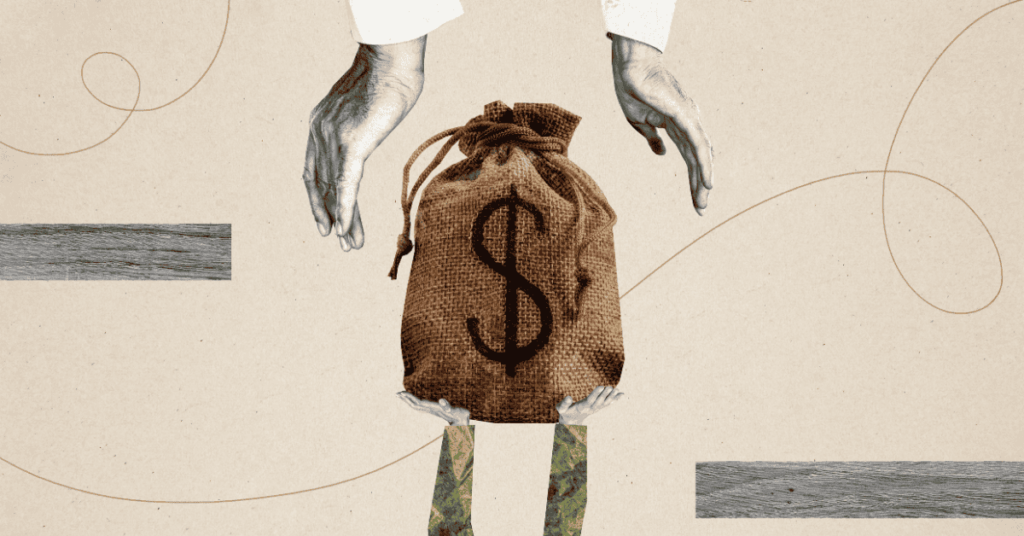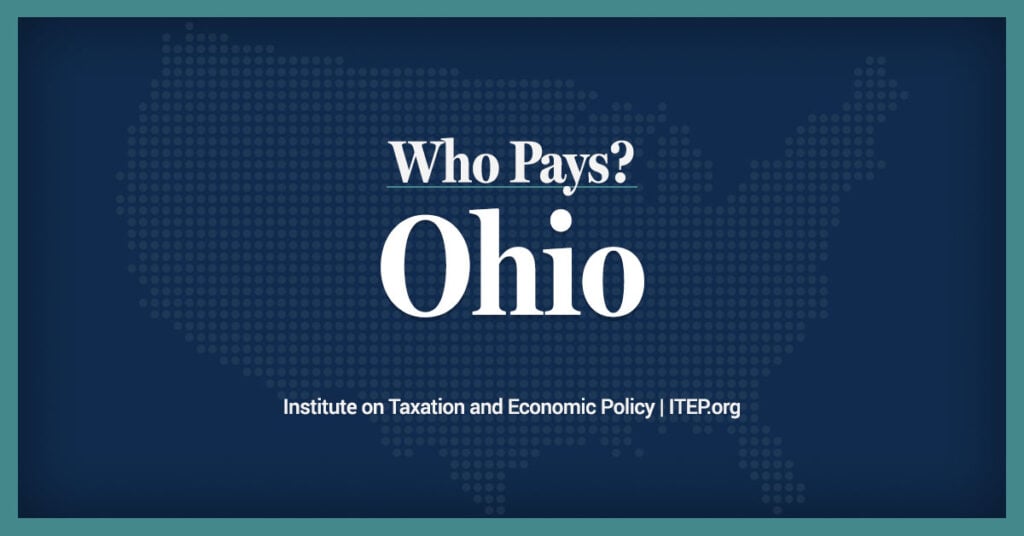When he delivers his State of the State message in Lima tonight, Gov. John Kasich is likely to argue that Ohio’s tax code is not keeping up with changes in the state’s economy. But the governor’s new budget proposal would make the Ohio tax structure more regressive, while doing too little to close obsolete, expensive loopholes that benefit special interests.
The governor’s two-year budget would cut in half the tax some small businesses pay on the first $750,000 they earn each year. He wants to reduce the state’s personal income tax by 20 percent over three years. And he wants to cut the state sales tax from 5.5 percent to 5 percent, while broadening it to include services that are not taxed now.
The liberal advocacy group Policy Matters Ohio asked the Institute on Taxation and Economic Policy to analyze Mr. Kasich’s proposals. Researchers concluded that the wealthiest 1 percent of Ohioans — those who earned more than $335,000 last year — would pay, on average, $10,369 less in annual taxes than they do now.
But Ohioans who earned between $33,000 and $51,000 last year would pay an average of $8 more a year in taxes. And the bottom 20 percent — people who make less than $18,000 a year — would pay an average of $63 more, the analysis concluded.
The rationale behind cutting taxes on small businesses is that they will use that money to create jobs. But state income taxes were cut by 21 percent between 2004 and 2011, with no noticeable effect on job creation. There is no reason to believe that another reduction will have a different result.
The study found that the lion’s share of the business tax break would go to a relatively small number of small-business owners. The vast majority of owners, who employ the majority of workers, would get little more money to create jobs or do anything else.
When the tax study combined the break for businesses with the personal income-tax reduction, it found that nearly half the cuts would go to the top 5 percent of earners. The 60 percent of Ohioans who make less than $51,000 a year would get just 12 percent of the tax relief.
In a separate study, the institute found that the top 1 percent of Ohio earners spend just 6.3 percent of their income in taxes, while middle-class Ohioans pay 10.3 percent and the poorest state residents spend 11.6 percent. According to Policy Matters, Mr. Kasich’s income-tax changes would increase that disparity.
As for the governor’s sales-tax plan, a disclosure: Advertising in Ohio newspapers — including The Blade — would be taxed for the first time. The tax proposal also would affect Buckeye CableSystem, owned by Block Communications.
Applying the tax to services used by Ohioans of moderate means is a bad idea. They would be taxed to go to Mud Hens games, to attend events at the Huntington Center, and to download movies and books from the Internet. The governor also would tax people to get a haircut, go bowling, or play pool. Even funeral services would be taxed.
In principle, broadening the tax base while lowering the tax rate is a sound idea. There is merit in expanding taxes on services: Ohio’s economy has become more service-based, and the tax code should reflect that.
But other states that have tried to tax services broadly had to abandon the effort as administratively unworkable. And the amount of sales taxes poorer Ohioans would pay would represent a much larger portion of their income than wealthier consumers would face.
In a poll conducted by the liberal advocacy group Innovation Ohio, 62 percent of respondents said that restoring deep cuts in state aid to local governments and schools in the current budget is more important than lowering the income tax.
In this year’s budget talks, the governor and state lawmakers would do better to end loopholes that benefit big retailers and wealthy income-tax avoiders, costing Ohio $65 million to $70 million a year. It’s time to stop giving a small number of well-off Ohioans tax breaks at the expense of the rest of the state’s residents.





